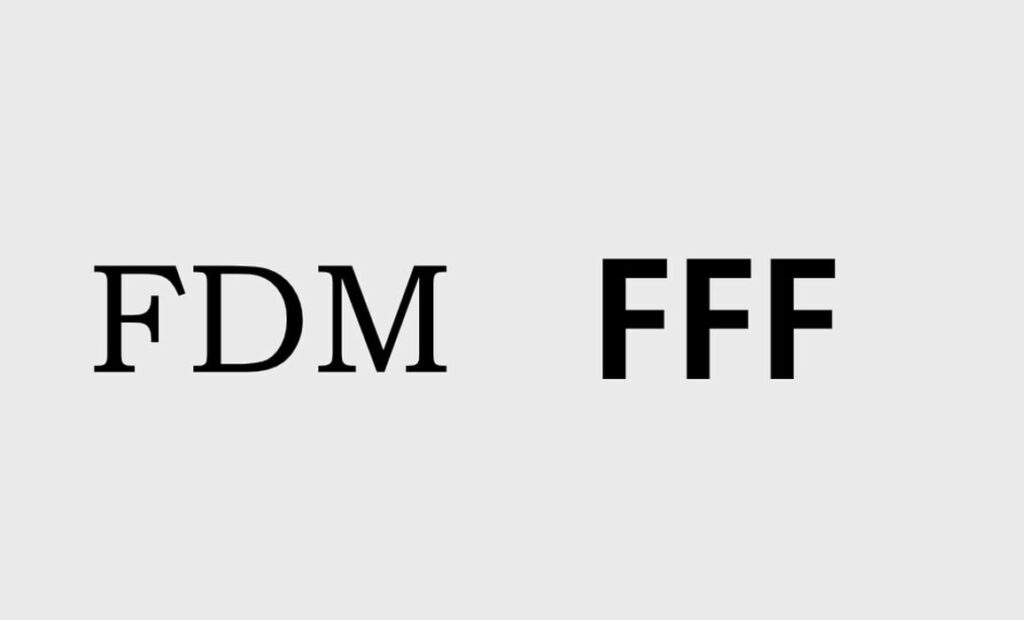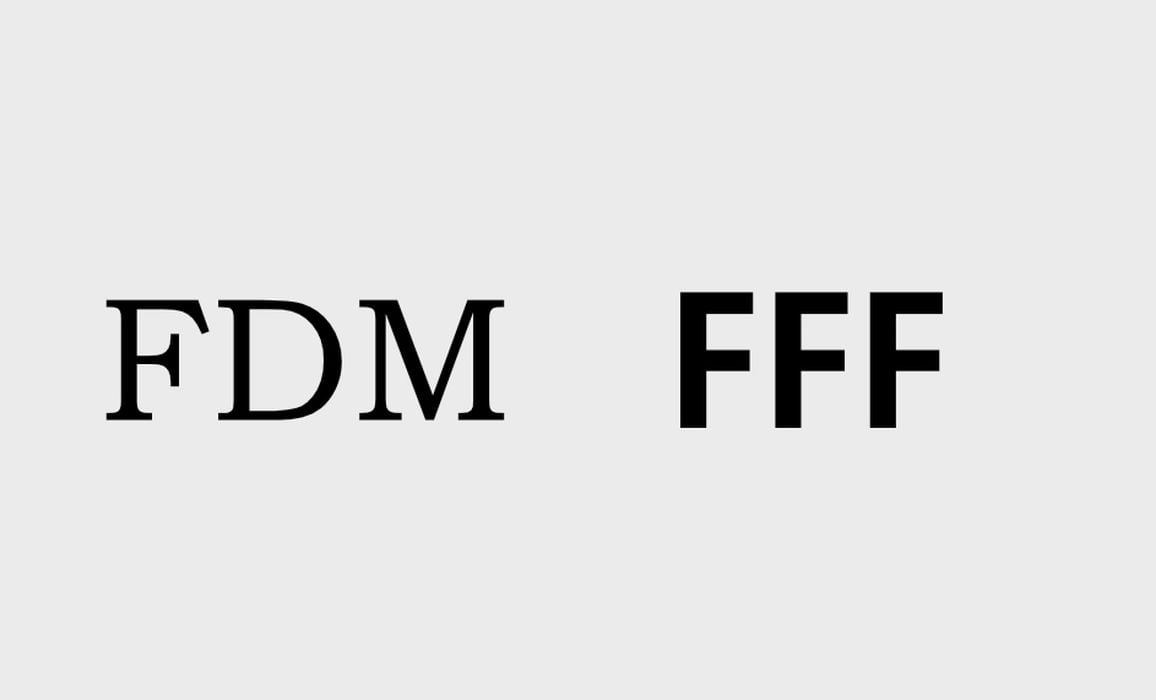
What’s the difference between “FDM” and “FFF” anyway?
The terminology of 3D printing technology has evolved significantly since I entered the scene 15 years ago. Back then it wasn’t clear at all what to call the processes that were becoming known to the public.
Some companies called the machines “robots”, (hence the roots of “MakerBot”), while others invented strange terms such as “laserCusing” (Concept Laser), that didn’t seem to resonate with the general public.
That’s what you get when something new appears: no one knows what to call things.
One of the processes invented very early on in the 1980s was FDM by Stratasys. “FDM” is an abbreviation for fused deposition modeling. This term makes some sense, as it describes what happens in that process: polymer is fused during deposition to form a model. F-D-M.
For a time Stratasys was the only party using FDM because they had the process protected under patent. However, in around 2008 their patents started to expire and entrepreneurs saw an opportunity to make something new with the technology.
That was the beginning of desktop 3D printing, where companies like MakerBot, Ultimaker, Solidoodle, Printrbot and many others leveraged the then-expired Stratasys patents to create their own low-cost devices.
These machines all used the same process, FDM: a polymer filament was heated and then deposited on a surface to build up a 3D model, layer by layer.
These companies felt it reasonable to describe their technology as “FDM”.
But Stratasys didn’t feel that way. In fact, they actually trademarked the term. “FDM” now belongs to Stratasys and they are the only party legally allowed to use it in the world of 3D printing.
The other companies then had “nameless” technology and over the course of several years it became clear that the alternative name for the technology would be “FFF”, which stands for Fused Filament Fabrication.
At that point we have machines with FDM and machines with FFF. However, the two technologies are the same; it’s just that when you see “FDM”, you know it’s being supplied by Stratasys.
Things are completely clear, now?
Well, no.
In spite of the trademark and the invention of “FFF” terminology, there are dozens of 3D printer manufacturers that persist in calling their technology “FDM”. Sure, it’s the same technology, but it isn’t and legally cannot be “FDM”.
It should be called “FFF”.
At this point it is quite reasonable (and legal) to call the technology FFF if you aren’t Stratasys. There is no advantage in using FDM unless you are Stratasys; it does not tell readers that your tech is “like Stratasys”. FFF is its own thing these days.
In fact, when I see a non-Stratasys company using “FDM” these days, I get a bit suspicious of their motives and care in preparing their marketing material.
My hope is that all non-Stratasys companies using this technology consistently use FFF going forward. By doing so it may even come to pass that “FDM” slowly fades from the landscape as only one company uses that term, and FFF becomes the default descriptor.
FDM and FFF is not a choice. FDM belongs to Stratasys and no one else should be using it unless referring to the Stratasys process.
Let’s all use FFF. (Except Stratasys, of course!)

